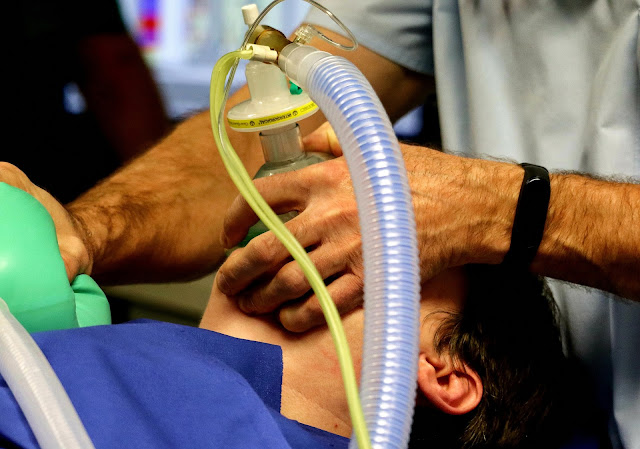The 10 Worst Mistakes Anesthesiologist Rookies Make—and How to Avoid Them
November 05, 2021
While we’re on the topic of anesthesia, we’d like to share a few of our top-ten list of worst mistakes anesthesia resident makes during their training. Although these are all well-documented, this article is unique in that it covers why the resident makes these mistakes and how to avoid them.
Let's start with the obvious issue—the resident makes the biggest mistake often: being too hard on himself.
The resident will ask himself, “What should I expect from this training?” and then go about treating patients like it's their last day on the job. If he does this, he'll be making the same mistakes his colleagues make over and over.
When the resident asks himself what he should expect from his training, he might want to think about the following: How he may be an exception to the usual pattern of mistakes. He might also want to look at any special circumstances that will make it hard for him to make these mistakes.
The resident's mistakes are a bit more specific, like a generalization about a specific area of anesthesia care.
However, the resident doesn’t have to do his own homework. The resident can look up some of the specific details about the mistakes he’s made in the case of any specific case. The resident can also search for information on the internet to see how others have handled similar circumstances.
Thinking that the patient is awake and you can stop them from moving around.
This is a very common mistake. A patient on deep sedation will move their limbs and trunk, but they are still not fully awake. They may still have a few minor motor skills, but this type of patient is not going to move very much. If you have someone who is confused and not fully aware of what is happening around them, you may feel like you are being watched.2. Focusing on moving the patient, even if you are not.
Yes, because your focus on the patient may be distracting them from noticing you moving around.
You may even think that you are moving around trying to reassure the patient or give you some sort of visual cue that you are still in charge. This is an excellent way to distract them from noticing if you are moving around, but a bad way to focus because you are not keeping an eye on your patient for the entire time.
This is a good tip because you should always be looking at your patient, but it is a bad mistake because it can distract them from you so they don't get a good look at you. The problem is that when you focus on the patient, you are not paying attention to what is going on around you. Your body is trying to tell you something, but you are not hearing it.









0 comments